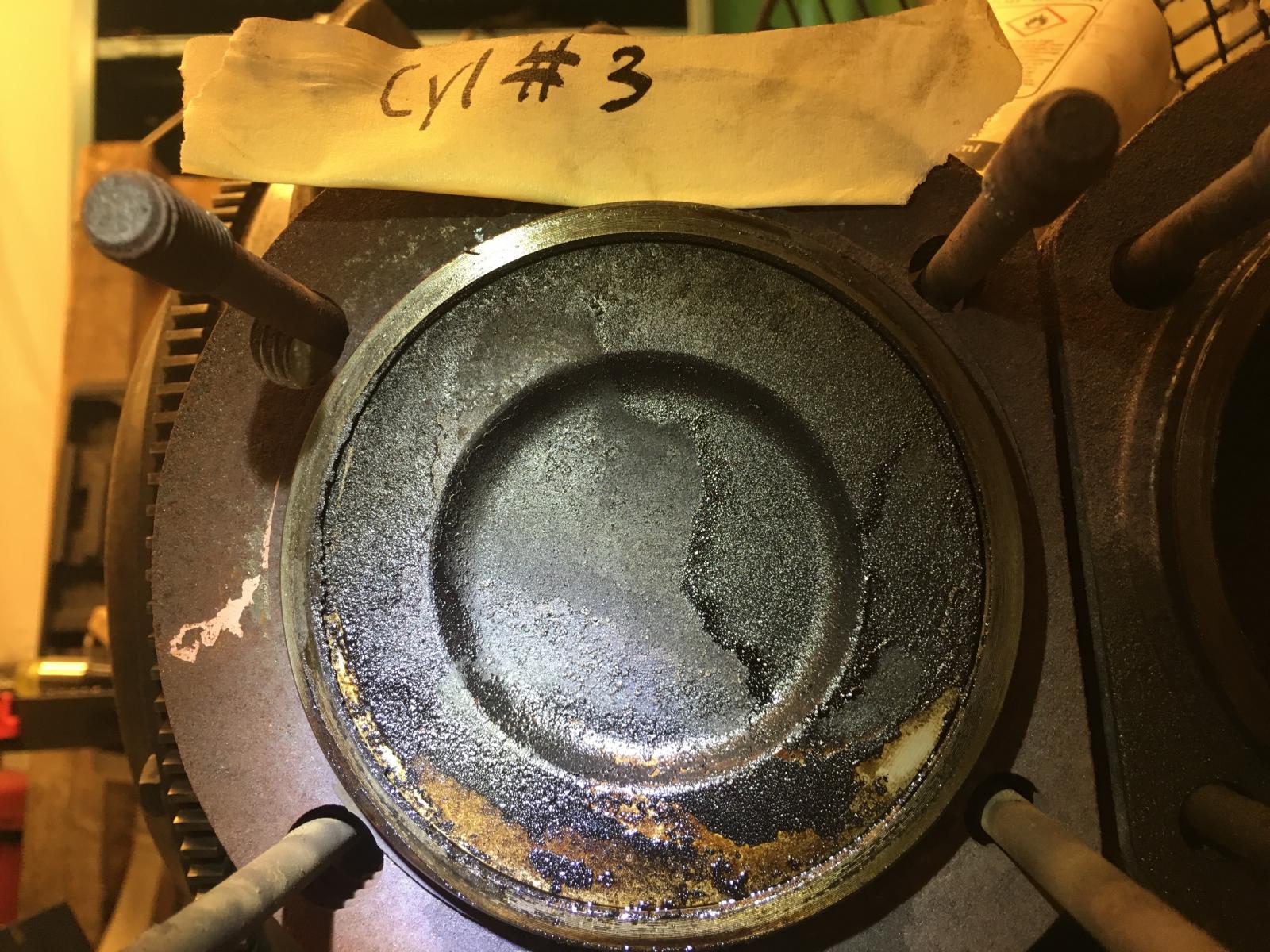sgkent
Lawn Addict
- Joined
- Sep 27, 2017
- Threads
- 35
- Messages
- 1,964
y'all are wrong again. This GM Top Cyl cleaner will dissolve carbon/coke in an engine. I did a test of about 10 -15 different cleaners on some hard carbon that had deposited on some CJ7 valves 30 some years ago. This is the only stuff that worked. It turned the rock hard coked up deposits into like toothpaste over night.
If you look at his photos you will see one of his piston. Carbon is only in the center. That is because the oil washed the carbon away. I bored and rebuilt maybe 3,600 engines as a machinist. I do know what I am talking about here. In fact, y'all should get stuck cleaning up an old block from the 30's that used non-detergent oil. You'll need long drills and things like that to get the packed dirt out of the passages. Just awful. Modern oils do a good job of carrying carbon deposits away. If you ever get a chance to work on a used hydrogen engine - the oil is as clean 50,000 miles later as it was on the day it was put in because there is no C in the H2 unlike Hydro Carbons that are full of C.
If you look at his photos you will see one of his piston. Carbon is only in the center. That is because the oil washed the carbon away. I bored and rebuilt maybe 3,600 engines as a machinist. I do know what I am talking about here. In fact, y'all should get stuck cleaning up an old block from the 30's that used non-detergent oil. You'll need long drills and things like that to get the packed dirt out of the passages. Just awful. Modern oils do a good job of carrying carbon deposits away. If you ever get a chance to work on a used hydrogen engine - the oil is as clean 50,000 miles later as it was on the day it was put in because there is no C in the H2 unlike Hydro Carbons that are full of C.
Attachments
Last edited:




